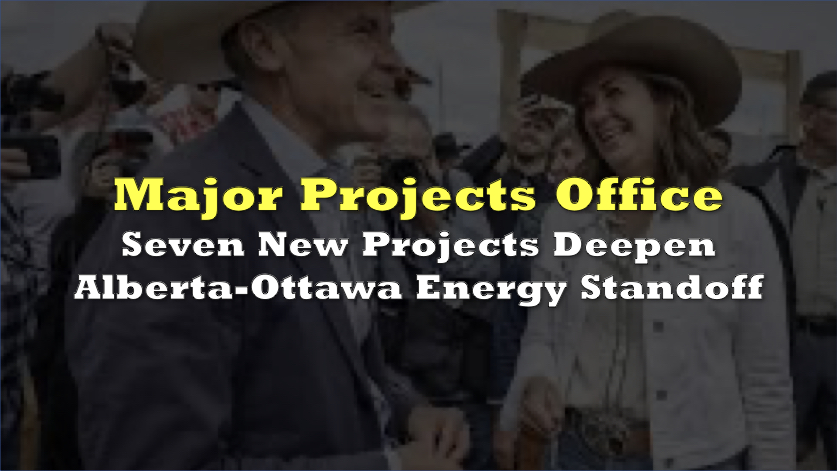Alberta Premier Danielle Smith highlighted her experience on Japan’s 320 km/h Hayabusa Shinkansen train on Sunday, promoting the province’s developing passenger rail plans connecting Calgary and Edmonton.
“If Alberta had one we could get between Calgary and Edmonton in less than an hour!” Smith wrote in a social media post that reached nearly 280,000 views. The premier directed followers to the province’s website for details on Alberta’s Passenger Rail Master Plan.
Today I had the opportunity to take the Hayabusa high speed train from Tokyo to Sapporo. Topping out at 320 km/h, Shinkansen trains like these allow both locals and tourists to cross the country in just hours.
— Danielle Smith (@ABDanielleSmith) April 20, 2025
If Alberta had one we could get between Calgary and Edmonton in less… pic.twitter.com/v0SVxbPBtY
The province launched a 15-year rail strategy in April 2024, with a $9-million feasibility study expected to deliver results by summer 2025. Construction could potentially start in 2027, targeting full implementation by 2040.
This represents Alberta’s latest attempt in a decades-long series of Canadian high-speed rail proposals that have repeatedly failed to materialize. Since 1971, Canada has seen over two dozen studies and reports on high-speed rail, but none have progressed beyond planning stages. Even the current federal government’s February 2025 announcement of a Toronto-Quebec City line represents just the latest in this long pattern.
Several private-sector proposals already compete for Alberta’s consideration. Prairie Link, backed by EllisDon and AECOM, envisions a $9-billion high-speed rail line between Calgary and Edmonton with trains running at 350-400 km/h. Liricon Capital has proposed a $2.6-billion hydrogen-powered rail from Calgary’s airport to Banff.
“Discussion of a bullet train between Calgary and Edmonton has bubbled up periodically in Alberta since 2011,” notes a recent Canadian Press report chronicling the country’s history of abandoned rail projects.
A government survey launched in November 2023 received over 14,300 responses, showing 80% of Albertans support government involvement in rail development. Supporters highlight reduced highway congestion and environmental benefits.
Critics reference a 2014 study questioning viability due to low population density and high costs. Alberta’s growing population — 4.9 million now and projected to reach 7.1 million by 2051 — offers more favorable conditions than past assessments, proponents argue.
History suggests caution, however. In 2017, Ontario committed $11 billion to a Toronto-London high-speed rail line, only to see funding frozen months later when a new government took power — a pattern repeated across Canada since the 1970s.
The plan’s fate hinges on the 2025 feasibility study, which must balance connectivity benefits with practical concerns in a province historically dependent on automotive transportation.
Information for this story was found via the sources and companies mentioned. The author has no securities or affiliations related to the organizations discussed. Not a recommendation to buy or sell. Always do additional research and consult a professional before purchasing a security. The author holds no licenses.










One Response
Danielle Smith is a wannabe American who can’t be trusted